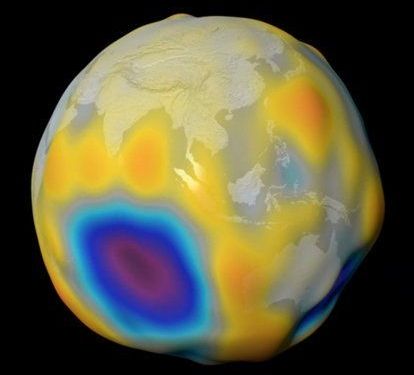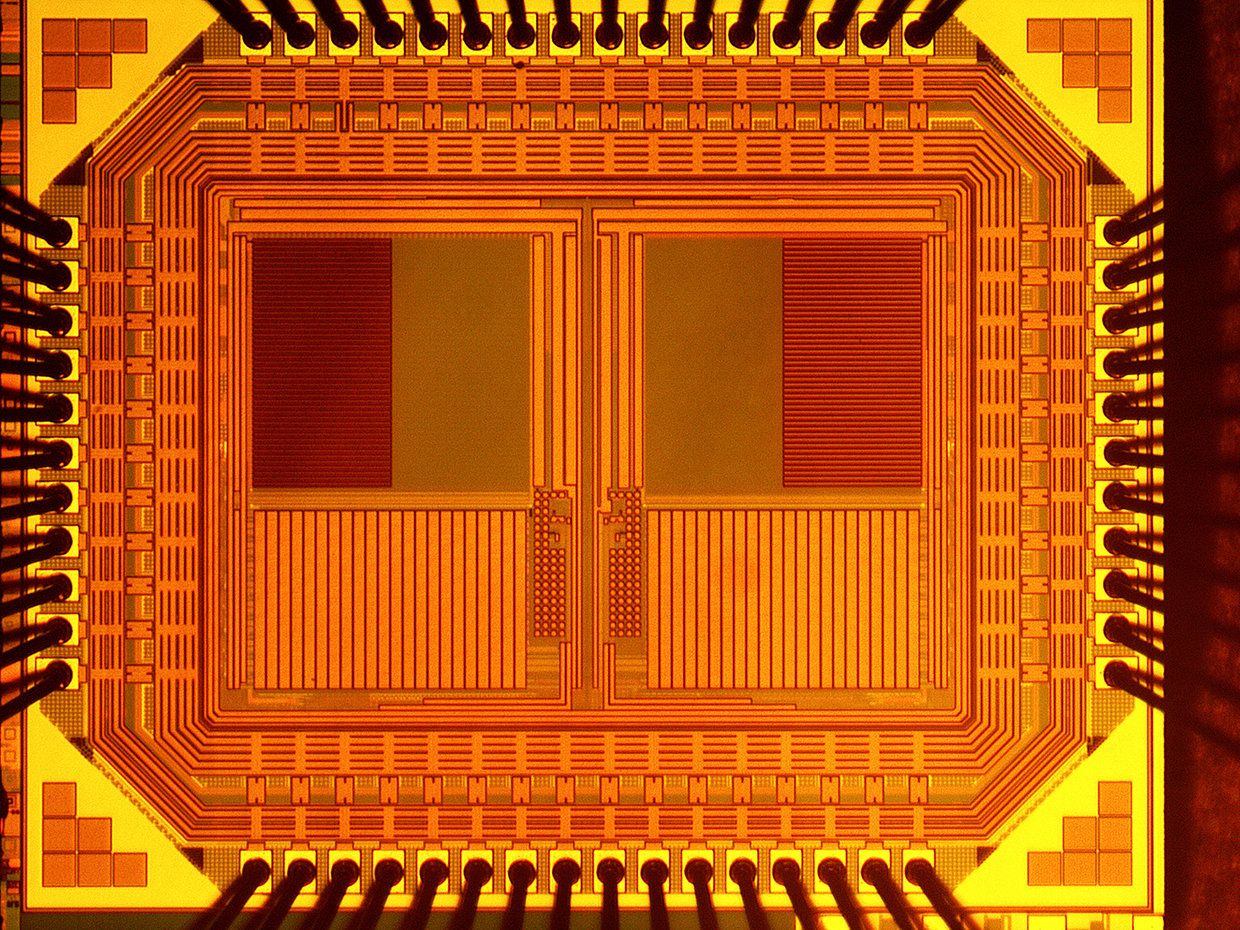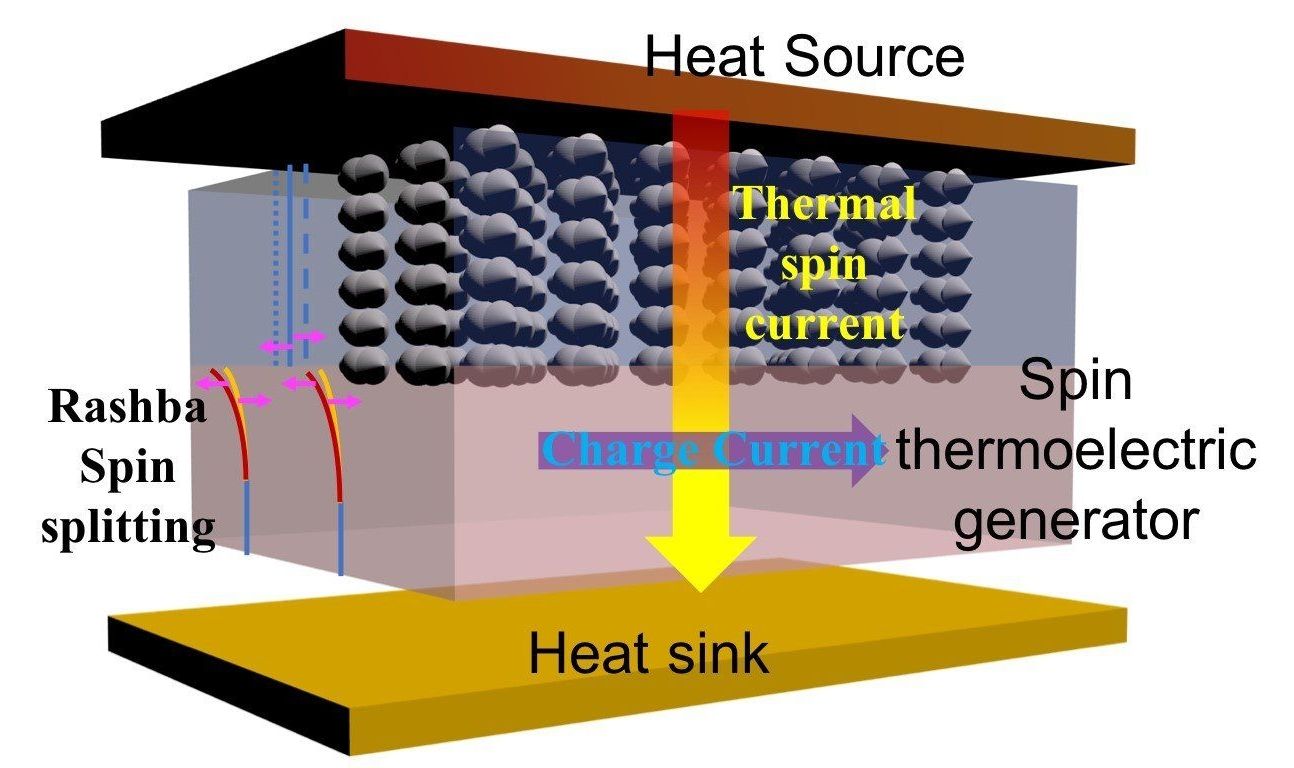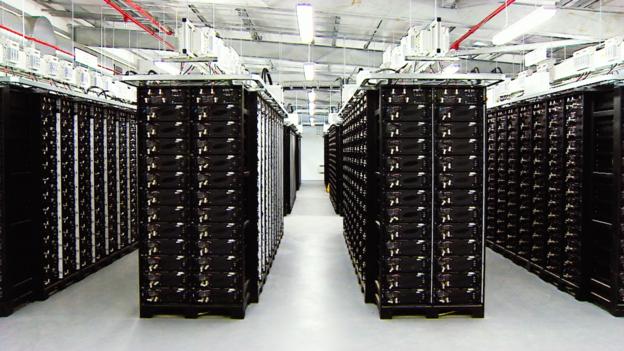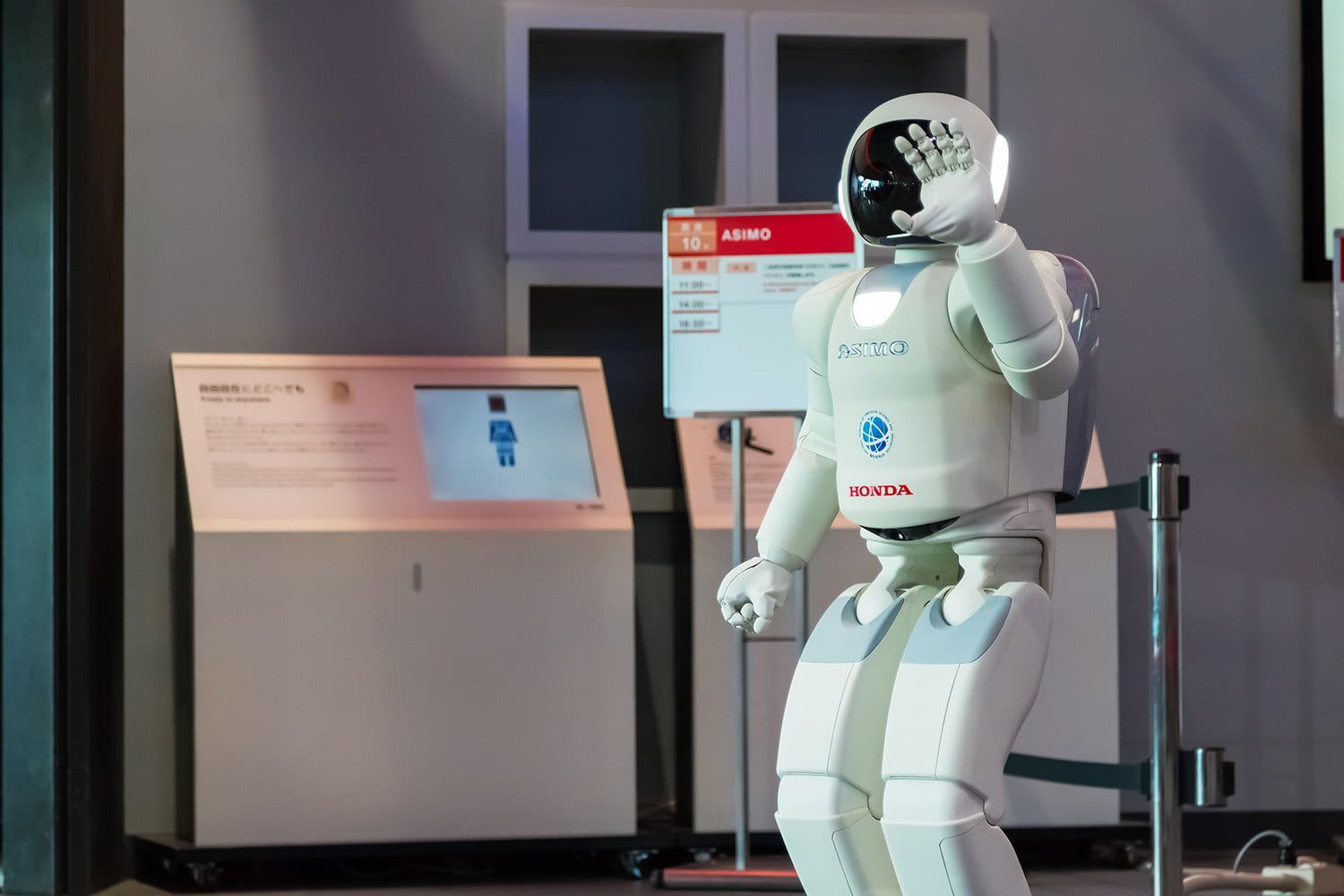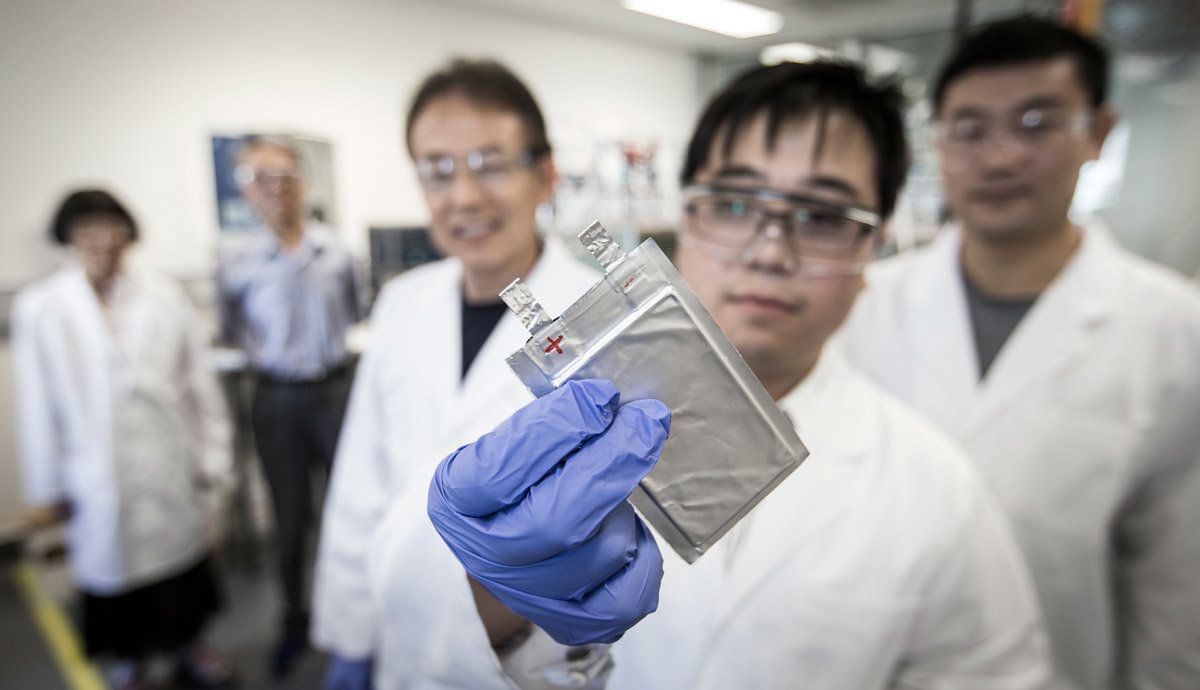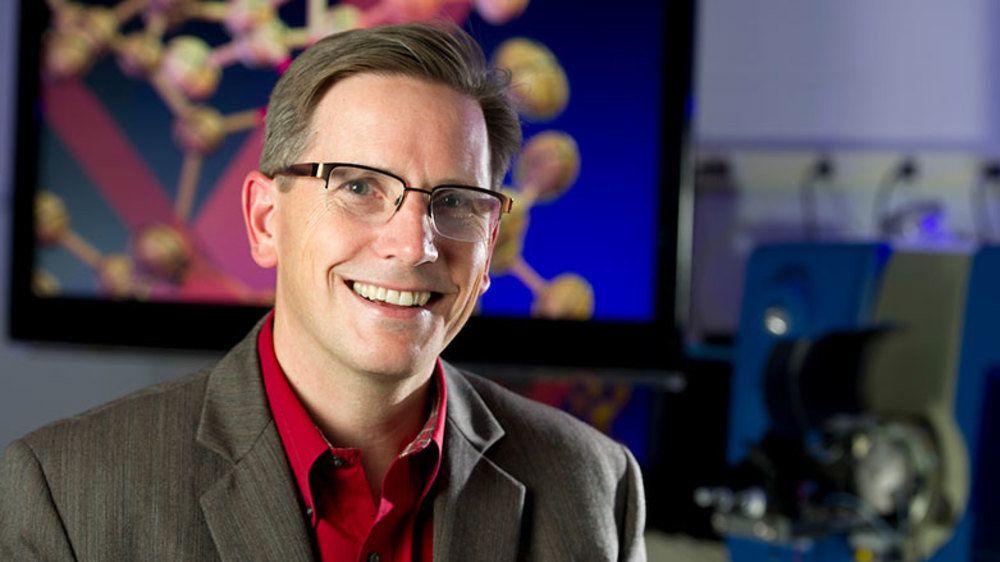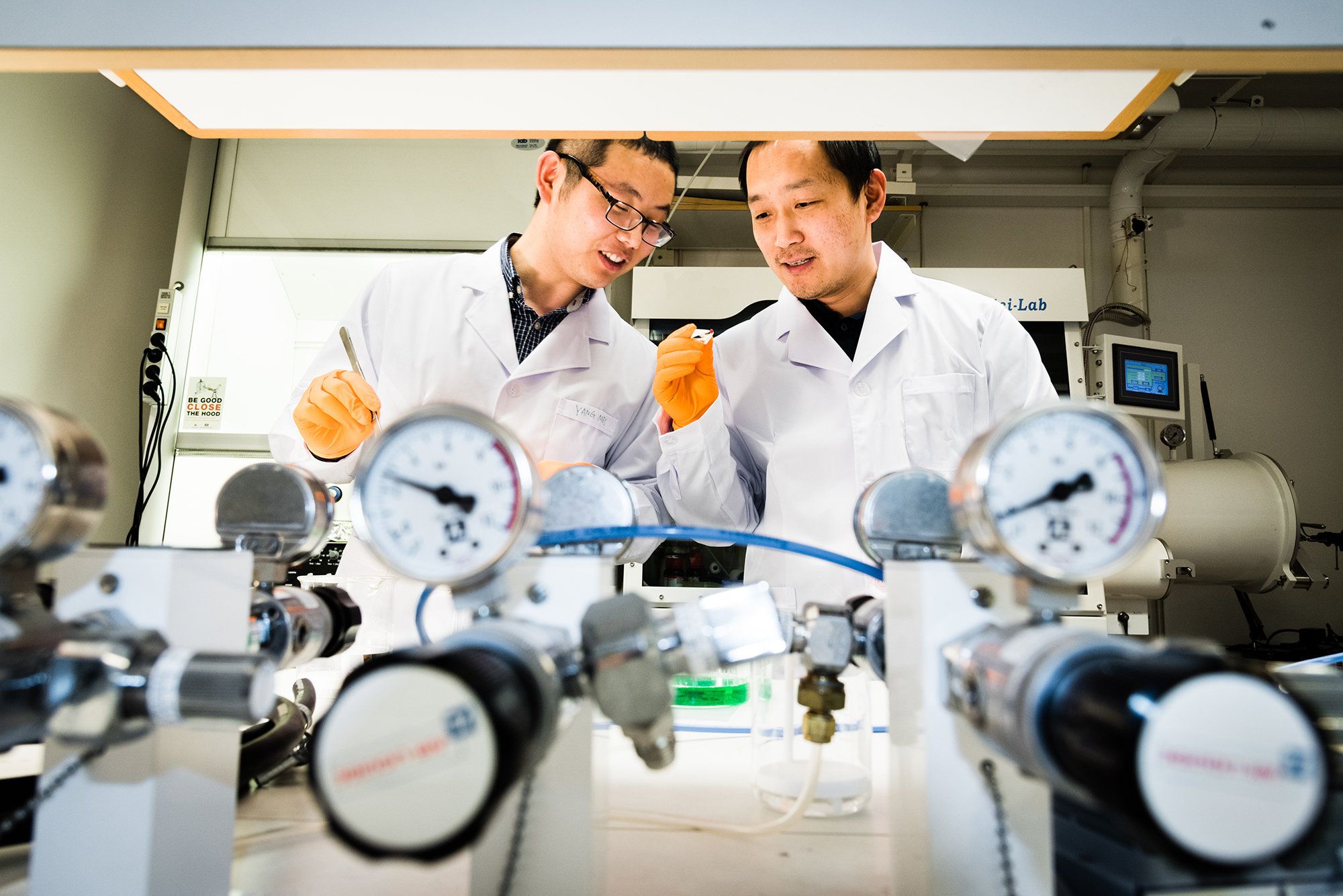Stretch of road outside Stockholm transfers energy from two tracks of rail in the road, recharging the batteries of electric cars and trucks.
Category: sustainability – Page 560
A trio of satellites studying our planet’s magnetic field have shown details of the steady swell of a magnetic field produced by the ocean’s tides.
Four years of data collected by the European Space Agency’s (ESA) Swarm mission have contributed to the mapping of this ‘other’ magnetic field, one that could help us build better models around global warming.
Physicist Nils Olsen from the Technical University of Denmark presented the surprising results at this year’s European Geosciences Union meeting in Vienna, explaining how his team of researchers managed to detail such a faint signature.
A simultaneous imaging and energy harvesting sensor is in the news. Samuel Moore at IEEE Spectrum informed readers that a team of four from University of Michigan published their paper describing what they achieved. They built a prototype sensor, and what it does—-think of a future camera that just about watches you non-stop—is described in the journal, IEEE Electron Device Letters.
The article is titled “Simultaneous Imaging and Energy Harvesting in CMOS Image Sensor Pixels.” The four authors are from University of Michigan: Sung-Yun Park, Kyuseok Lee, Hyunsoo Song and Euisik Yoon.
Their technology “puts the equivalent of a solar cell under each pixel,” said IEEE Spectrum.
Mechanical engineers at the University of California, Riverside, have reported success in using inexpensive materials to produce thermoelectric devices that transform low-level waste heat into electricity.
Their advance could enable a wide variety of commercial applications. For example, integrating thermoelectric generating devices into computer chips could enable the heat they produce to provide a power source. Waste heat from automobile engines could run a car’s electronics and provide cooling. Photovoltaic solar cells could be made more efficient by harnessing the heat from sunlight striking them to generate more electricity.
Also, using the same basic technology, economical thermoelectric refrigerators could be produced that would be more energy efficient and with fewer moving parts than refrigerators that use compressors and coolant. Current thermoelectric refrigerators are expensive and relatively inefficient. In essence, they operate in reverse of thermoelectric generators, with an electric current applied to generate a temperature gradient that could be used in cooling.
From research labs to factories, farms, and even our own homes, robots are everywhere these days. But which are the most important robots ever built? We decided to welcome our new robot overlords with just such a list. Read on to discover which robots we owe a debt of a gratitude for their part in turning science fiction into, well, science.
A new sodium-ion battery chemistry that shows superior performance to existing state-of-the-art sodium-based batteries could be the catalyst to enabling mass-production of the emerging technology for large-scale energy storage, such as in applications including storing solar power for industrial sites.
Despite sodium’s appeal as a low-cost, abundant and environmentally friendly building block for energy storage, it is a relatively new entrant in the field of battery technology research and development.
A key issue for sodium-ion batteries is that many of the active materials used in their chemistry are sensitive to air—exposure to even a few molecules of air can degrade the material and reduce battery performance.
Researchers at the University of Notre Dame are developing a renewable energy approach for synthesizing ammonia, an essential component of fertilizers that support the world’s food production needs. The Haber-Bosch process developed in the early 1900s for producing ammonia relies on non-renewable fossil fuels and has limited applications for only large, centralized chemical plants.
The new process, published in Nature Catalysis, utilizes a plasma—an ionized gas—in combination with non-noble metal catalysts to generate ammonia at much milder conditions than is possible with Haber-Bosch. The energy in the plasma excites nitrogen molecules, one of the two components that go into making ammonia, allowing them to react more readily on the catalysts. Because the energy for the reaction comes from the plasma rather than high heat and intense pressure, the process can be carried out at small scale. This makes the new process well-suited for use with intermittent renewable energy sources and for distributed ammonia production.
“Plasmas have been considered by many as a way to make ammonia that is not dependent on fossil fuels and had the potential to be applied in a less centralized way,” said William Schneider, H. Clifford and Evelyn A. Brosey Professor of Engineering, affiliated member of ND Energy and co-author of the study. “The real challenge has been to find the right combination of plasma and catalyst. By combining molecular models with results in the laboratory, we were able to focus in on combinations that had never been considered before.”
Researchers have taken a step toward manufacturing solar cells from lead-free perovskites. High-quality films based on double perovskites, which show promising photovoltaic properties, have been developed in collaboration between Linköping University, Sweden, and Nanyang Technological University in Singapore.
Research groups around the world are pursuing the potential of perovskites as one of the most promising materials for the development of cheap, environmentally friendly and efficient solar cells. In just a few years, the power conversion efficiency has increased from a few percent to over 22 percent. The perovskites currently available for use in solar cells, however, contain lead, and Feng Gao, senior lecturer at LiU, was appointed in the autumn of 2017 as Wallenberg Academy Fellow to develop lead-free double perovskites, in which a monovalent metal and a trivalent metal replace the divalent lead.
In the laboratory at the Division of Biomolecular and Organic Electronics, LiU, postdoc researchers Weihua Ning and Feng Wang have successfully manufactured single-layer thin films of densely packed crystals of double perovskites. The films are of extremely high quality and can be used as the active layer in solar cells, in which sunlight is absorbed and charge carriers created.
As many as 153 million air pollution deaths would be avoided if governments speed up the timetable for reducing fossil fuel emissions, a new Duke University study finds. [This article first appeared on LongevityFacts. Author: Brady Hartman. ]
There is an overlooked benefit to lowering carbon emissions, besides reducing sea-level rise, a new study says.
Reducing emissions will likely save about 153 million human lives if the nations of the world agree to cut enough emissions to limit global temperature rise to less than 1.5°C (2.7 degrees Fahrenheit), by the end of the century. That is about a degree lower than the target set by the Paris climate accords.

